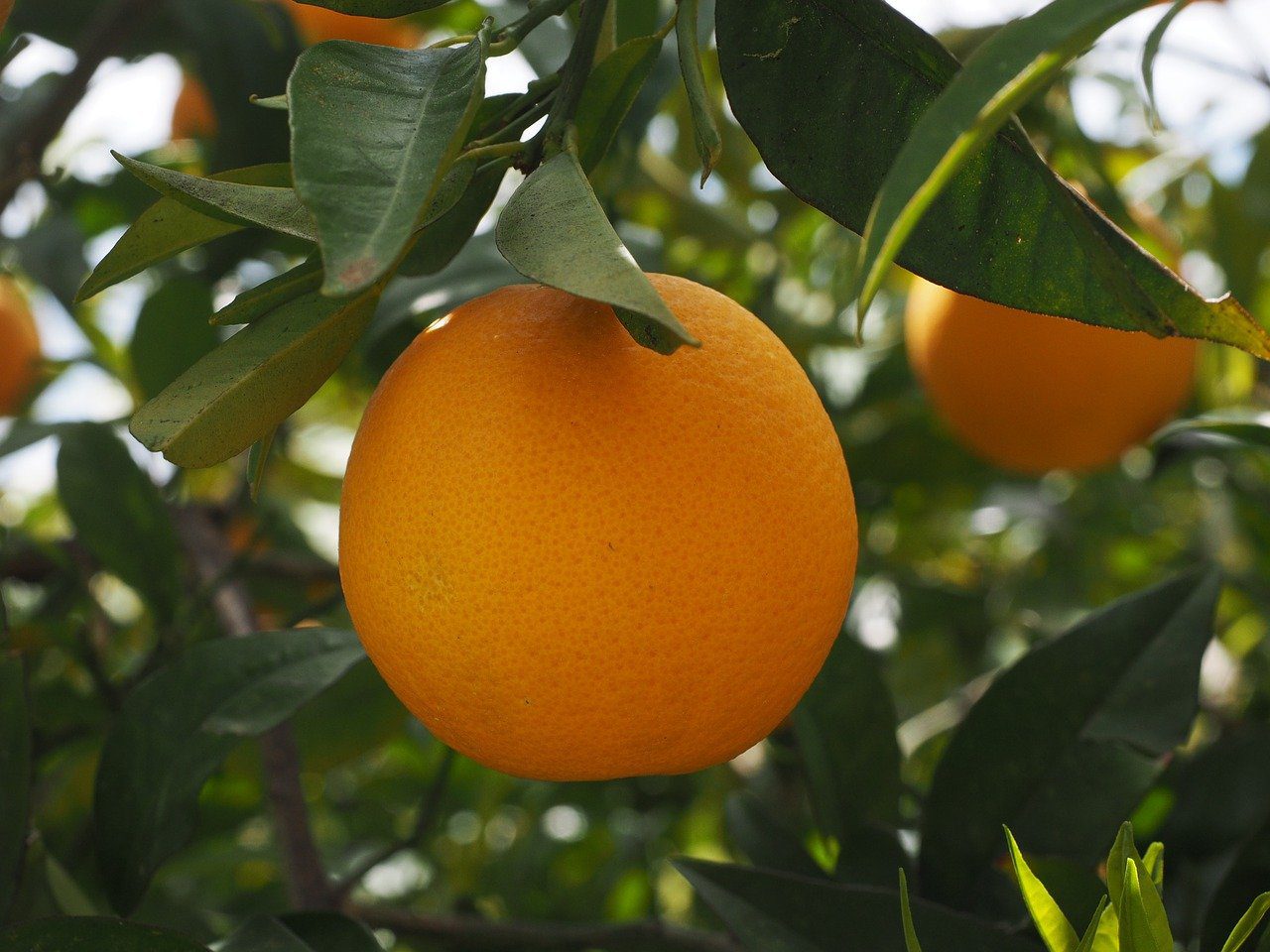The UF/IFAS Tip of the Week maintained that it’s time for Florida citrus growers to cut dead wood in the citrus grove.
The UF/IFAS Tip of the Week shared that it is time to cut dead wood in Florida citrus groves, according to an accompanying Citrus Industry article. There are many benefits to trimming dead citrus wood, making it an important chore in the grove to check off your to-do list. See them below.
Cut Dead Wood
According to the article, there are many reasons to cut dead wood in the citrus grove. Benefits include:
- Reducing the spores of melanose that can form in dead twigs which can cause blemishing diseases that cause fruit to be downgraded and lowers profits.
- Reducing black spot spores, which cause causing lesions on fruit. The article maintains that “removing as much inoculum as possible is wise to improve disease management.”
- Removing wood that is dead reduces habitat for unwanted insect pests, like ambrosia beetles, cerambycid beetles, and buprestid beetles.
- Removing wasted space where fruiting wood could grow instead.
- Improve tree health. The article maintains “light hedging of HLB-affected trees with constant supply of nutrients improved canopy and root density compared to unhedged trees.”
- Dead wood can interfere with foliar sprays or fertilizer distribution.
The article maintains that selective removal of all dead wood is the most ideal scenario, but, because it is expensive and time-consuming, light hedging will work as a cheaper and faster alternative.
Griffin Fertilizer is committed to helping both growers and ranchers make sound agronomic and economic decisions in order to maximize the health of their grove and pasture. As a full-service custom dry & liquid fertilizer blender and crop protection product distributor, we will continue our mission to further advance Florida agriculture. For questions or concerns about your farm or pasture, contact us and one of our team will be in touch.

